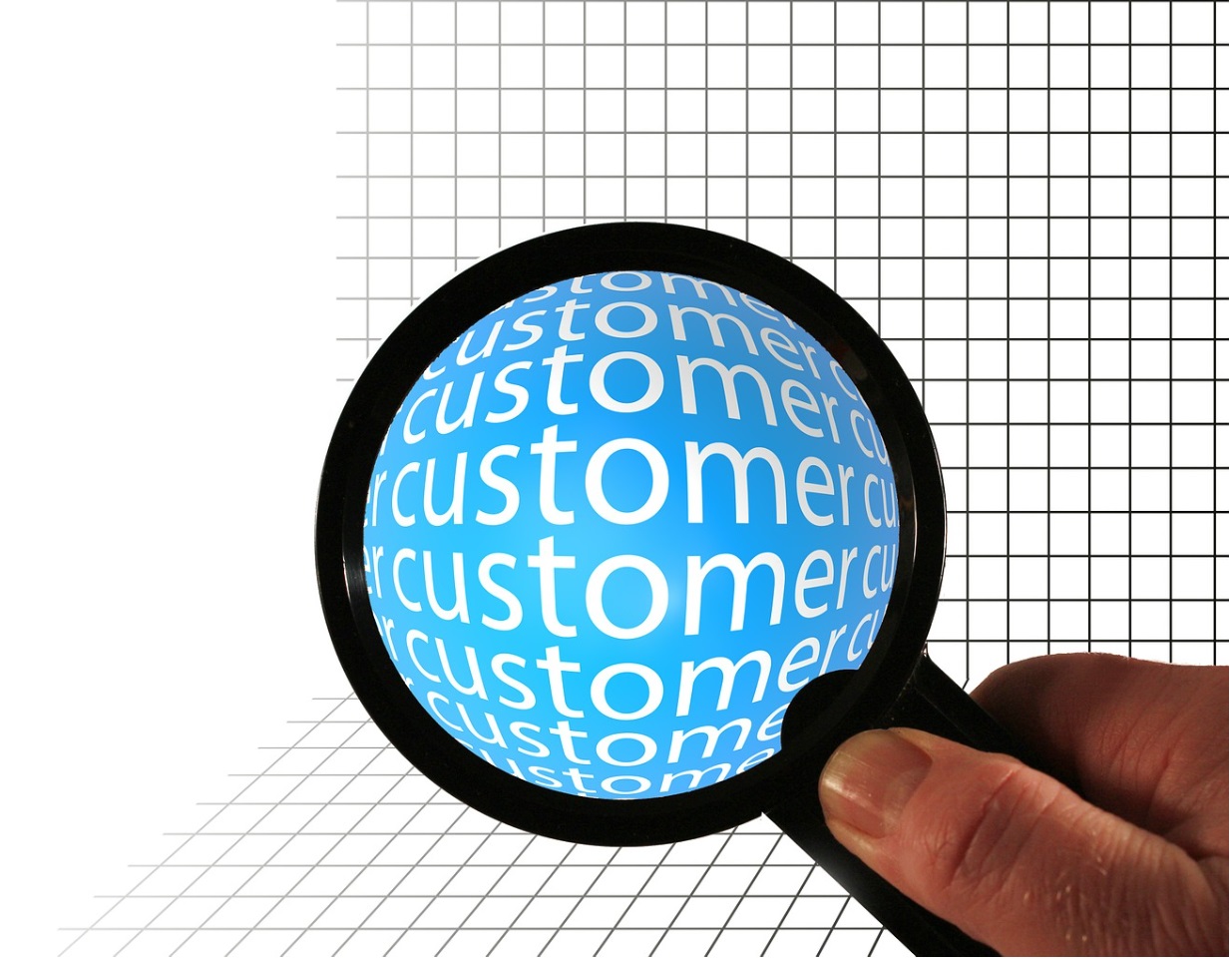Before making a purchase, the customer goes through a series of stages, from awareness to consideration and, finally, to decision making. Understanding the buyer journey is essential for companies that want to create a smooth and seamless experience for their customers in order to have a return on investment. In this guide, we’ll explore the three stages of the buyer journey and show you how to analyze your users.
Introduction to the buyer’s journey
The buyer journey is a marketing strategy implemented by a potential customer before making a purchase. It consists of three key steps that you must follow if you want to retain new customers: awareness, reflection and decision-making. During the awareness phase, the client becomes aware of a problem or a need that he experiences. In the thinking stage, he begins to search for possible solutions to his problem. Finally, at the decision-making stage, he chooses a solution and makes a purchase.
The three stages of the buyer journey
The awareness stage
During the awareness phase, the client becomes aware of a problem or need they have. He begins to research and learn about the subject to better understand it. He begins to research and learn about the problem to better understand it. At this point, customers are not yet aware of the solutions and are not actively looking to make a purchase.
To reach customers at this stage, companies must provide educational digital content that is informative and useful. This can be done through blog posts, social media content, educational videos or through the various digital channels that exist.
Consideration stage
In the thinking stage, the client has identified their problem and is looking for possible solutions. He actively seeks information on products or services that may solve his problem. Businesses should provide content focused on the benefits of their product or service and how it can solve the customer’s problem.
At this point, companies may offer free trials, demos, or consultations to help the customer make an informed decision. This can be done through email marketing campaigns, social media advertising, and other forms of digital digital marketing.
Decision-making stage
At the decision-making stage, the customer has decided on a solution and is ready to make a purchase. At this stage, companies should provide clear and concise information about their product or service’s benefits, pricing, and customer support. This can be done through product pages, FAQs and customer testimonials on various social media.
Companies can also offer incentives, such as discounts or free shipping, to encourage the customer to take action. This can be done through email marketing campaigns, social media advertisements or retargeting ads.
Why it’s important to understand the buyer’s journey
Understanding the buyer journey is essential for businesses that want to create a seamless experience for their customers. By understanding buyers, businesses can deliver the right content at the right time, which can increase the likelihood of a purchase.
Companies that understand the customer journey can also identify potential roadblocks and address them before they become a problem. For example, if customers give up during the thinking stage, companies can provide them with more information about the benefits of their product or service to encourage them to move on to the decision-making stage.
Analyze your customer personas
To understand the customer journey , companies need to analyze the personas of their customers. A customer persona is a detailed profile of a company’s ideal customer. It includes information such as demographics, interests, and hotspots.
By analyzing customer personas, companies can identify the needs and pain points of their ideal customer. This can help them create content that speaks directly to their target audience and provides solutions to their specific problems.
Create content for each stage of the buyer journey
Once companies have identified the three stages of the customer journey and analyzed their customer personas, they can create content for each stage of the journey.
In the awareness stage, businesses can create blog posts, social media content, and educational videos that provide valuable information to potential customers.
At the consideration stage, companies can provide case studies, white papers, and testimonials that highlight the benefits of their product or service.
At the decision-making stage, companies can provide clear and concise information about pricing, customer support, and other important details that can help the customer make an informed decision.
Trace your buyer journey
Customer journey mapping involves visualizing the path a customer takes from awareness to decision making. Businesses can use this map to identify potential roadblocks and areas where they can improve the customer experience.
To create a customer journey map, businesses need to identify a customer’s touchpoints with their brand. This can include social media interactions, email marketing campaigns and customer support. By identifying these touchpoints, businesses can optimize the customer experience and increase the likelihood of a purchase.
Measure the success of your buyer journey analysis
To measure the success of customer journey analysis, companies need to track key performance indicators (KPIs). These metrics can include website traffic, conversion rates, and customer satisfaction.
By tracking these key performance indicators, companies can identify areas where they need to improve and optimize their customer journey.
Use data to optimize the buyer journey
Data is a powerful marketing tool that businesses can use to optimize the customer journey. By analyzing data, businesses can identify areas where they need to improve and make data-driven decisions.
Businesses can use tools like Google Analytics to track their website traffic and user behavior. They can also use customer feedback on social media to identify areas where they need to improve the customer experience.
Buyer journey analysis tools
Many tools are available to companies wishing to analyze the customer journey. Here are some of these tools:
- Google Analytics: A free tool that provides information on website traffic and user behavior.
- HubSpot: A marketing automation platform that provides tools to analyze the customer journey.
- Hotjar: A tool that provides user heatmaps and recordings to analyze their behavior.
Conclusion
Understanding the customer journey is essential for businesses that want to create a seamless experience for their customers. By analyzing the customer journey, businesses can deliver the right content at the right time, which can increase the likelihood of a purchase.
To analyze the customer journey, companies need to identify the three stages of the journey, analyze their customer personas, create content for each stage of the journey, map the customer journey, measure the success of their analysis, and use the data to optimize the journey. customer.
By following these steps, companies can create a customer-centric approach that brings value to their customers and increases their chances of success and a good return on investment.
What is the buyer's journey?
What are the stages of the buyer journey?
How to identify the touchpoints of the buyer journey?
How to adapt your marketing strategy to the buyer journey?
How to measure the effectiveness of your buyer journey strategy?
How to set up a lead nurturing strategy?











